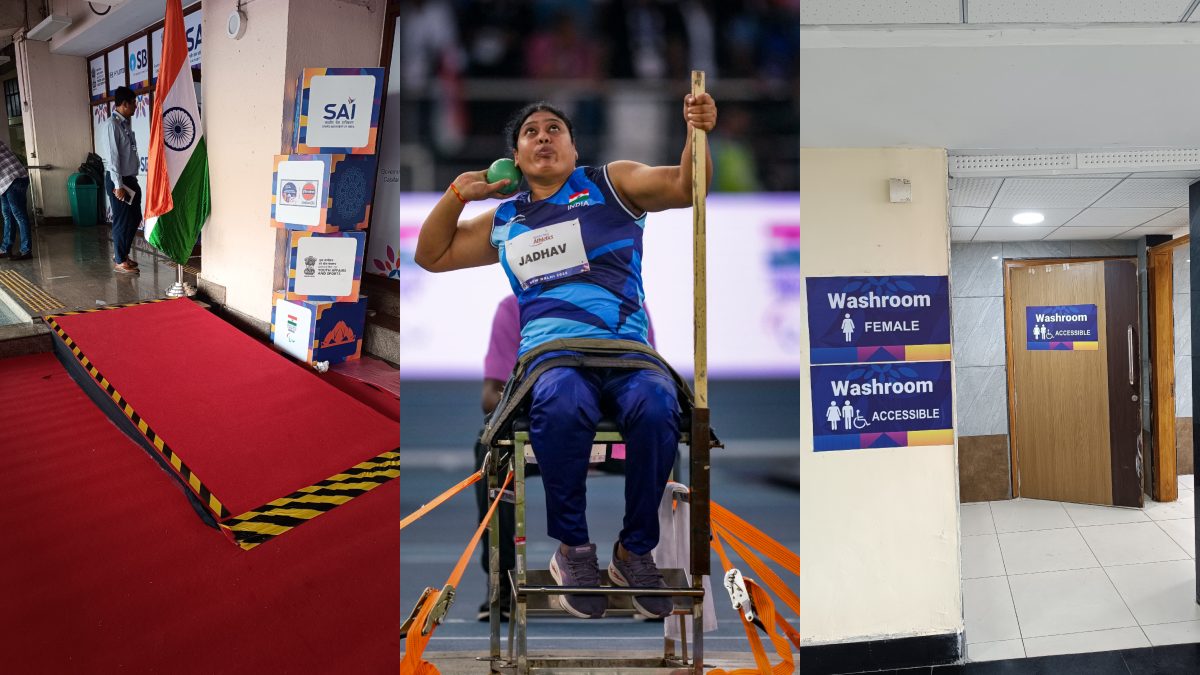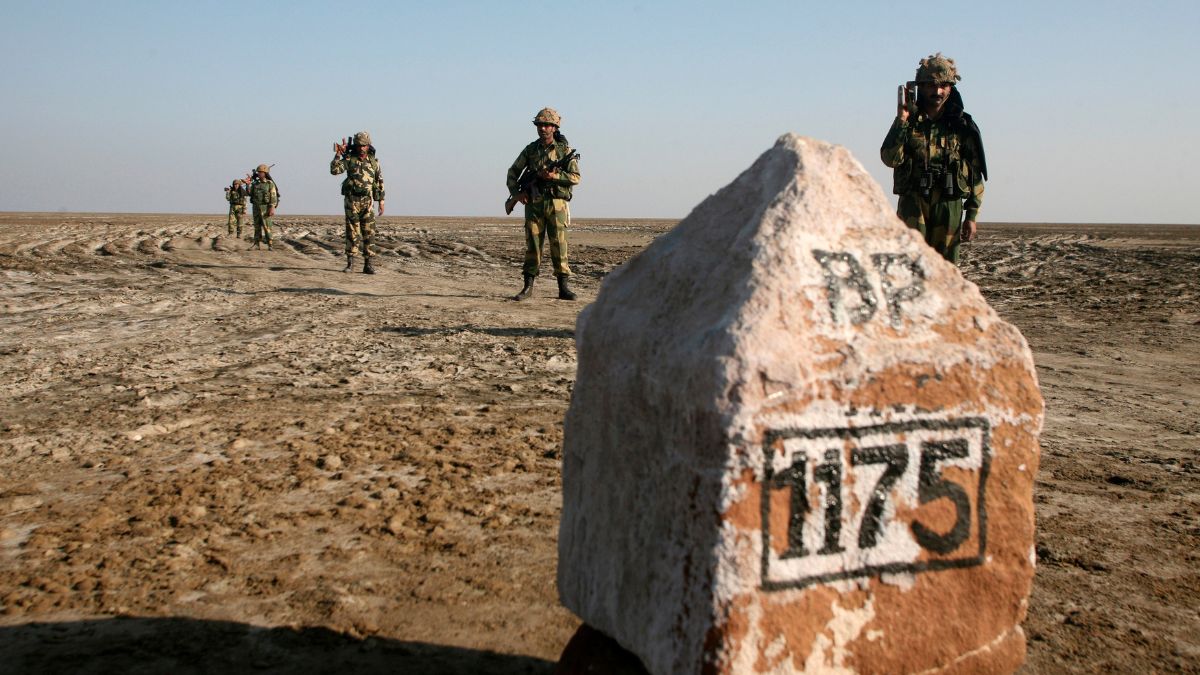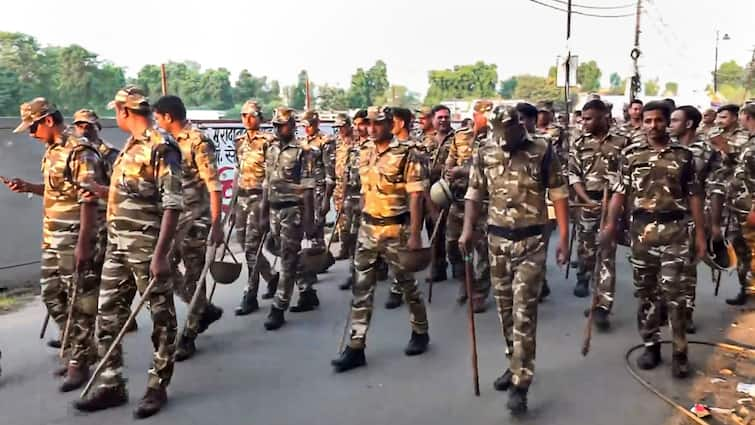The 2025 World Para Athletics Championships at Delhi’s Jawaharlal Nehru (JLN) Stadium carry a significance far beyond medals and records. For India, it’s a watershed moment — the biggest para event the country has ever staged, a celebration of resilience and excellence, and a statement of intent to the world. Each race and throw will unfold against the backdrop of a nation making its case to host the 2036 Olympics, adding yet another feather to India’s fast-expanding sporting footprint.
But hosting a para sports event is a significantly different and more demanding challenge than staging competitions for able-bodied athletes. It isn’t just about building good infrastructure or laying down a world-class track. At Delhi’s Jawaharlal Nehru Stadium, India has installed its first-ever Mondo track — considered the gold standard globally — along with an adjacent practice track, together costing around Rs 50 crore.
Yet, quality tracks are only one of the many uncompromising infrastructural elements required to stage a para sports championship of this scale. Accessible toilets, ramps, tactile flooring, colour-coordinated signage, repair centers for wheelchairs, wheelchair-accessible transport and hotel rooms are the other elements.
Accessibility audit and mutiple revamps
With 2,200 para-athletes, including support staff from 104 countries, set to descend on Delhi for the nine-day World Para Athletics Championships 2025 that kicked off on 26 September with a glittering opening ceremony, the work to revamp the JLN Stadium, which has hosted the Asian Games in 1982 and the Commonwealth Games in 2010, started pretty early, with an accessibility audit.
The audit was conducted by Svayam, a non-profit organisation, who are the accessibility partner for World Para Athletics Championships 2025 and has been associated with the Paralympic Committee of India (PCI) and the Sports Authority of India (SAI) since 2021.
“We have a long-term understanding while working with SAI and PCI. We always conduct an accessibility audit before a game is planned so that all the new developments can be countered in the accessibility audit. In Khelo India, there are a lot of challenges because all the national athletes are participating. Here, there were more international athletes, more people, so accessibility was done in a different way,” Bhupinder Singh of Svayam told Firstpost.
“We have partnered with PCI and SAI for Khelo India’s two chapters or the last two Paralympic chapters. So, we have a fair understanding of what challenges athletes face, where they face challenges, and what the actual issue is in transportation or in infrastructure.”
Some of the major upgrades include the Sports Authority of India (SAI) constructing 20 fully accessible toilets for athletes with disabilities, including those who use wheelchairs. Before the 2025 renovation, the Jawaharlal Nehru Stadium had only four such facilities.
“This time, if you see, 20 toilets have been made by SAI, accessible toilets. Now there are more than 24 accessible toilets. Because there are more than 1,000 athletes who have 300 wheelchair users,” Bhupinder added.
Eight new accessible lifts have been installed at the stadium, along with a new gym equipped with facilities tailored for para athletes. Temporary and permanent ramps have been added to stands and athletes’ areas to improve access.
The long jump pit has been expanded to reduce the risk of injury, while a designated accessible gallery — capable of housing around 500 wheelchair-bound athletes and coaches — has also been created.
Even the signages use multibright colours to make navigation easier for partially blind athletes. Similar exercises have been undertaken at the Thyagaraj Sports Complex in Delhi, where para athletes are training for the World Championships.
Besides the infrastructure upgrades in and around the stadium, the organisers have arranged low-floor DTC buses, easily accessible to wheelchair-bound athletes. Svayam has also provided customised vans and Tempo Travellers with built-in ramps and no seats, making travel more convenient for para athletes.
Also, housed inside the stadium campus are two centres of the official technical service partners, Otto Bock, the world’s leading prosthetics and orthotics manufacturer from Germany.
Otto Bock repair workshop: The place where magic happens
Besides the pitch, these centres are among the busiest areas at JLN, frequently visited by athletes from all countries to get their technical devices — including prosthesis, orthosis, and wheelchairs — repaired. For para athletes, these devices are like an extension of their body, so they must be in top condition for peak performance and comfort during competitions.
Otto Bock has a 58-member team, including around 20 technicians, across the two centres who provide all the technical support to the athletes free of cost.
Otto Bock workshop at the World Para Athletics Championships 2025 in Delhi. The place where magic happens. The company is offering free repairs for wheelchairs, prosthetics and orthotics. pic.twitter.com/Vv5CUpkFoI
— Ujwal (@UjwalKS) October 3, 2025
The services at Otto Bock centres range from tightening screws and fixing broken straps to adjusting wheel alignment and replacing individual parts.
“We provide free services to all athletes, whether they are Otto Bock users or not. The focus is on fixing their wheelchairs, prosthesis and orthosis, so that they can compete without any hindrances,” Smruti Ranjan Nayak, Otto Bock’s prosthetic and orthotics technician, said.
The challenges for para athletes, however, are not limited to their racks or devices. Many times, they also face insensitivity from their able-bodied counterparts. Infrastructure can only go so far in making things accessible. To help para athletes feel truly included and ensure a seamless integration into an environment that is new for most, there was also a need to raise awareness among the people they would constantly interact with — volunteers, media personnel, logistics staff, and food and beverage helpers.
Sensitisation workshops were conducted for volunteers, drivers and policemen — the people para athletes are most likely to interact with during the championships. The idea was to make them aware of the challenges these athletes face and to equip them with the sensitivity and skills to offer help when needed. The results are visible everywhere. As the world’s best para athletes chase glory for their nations on the glittering blue Mondo track — itself a moment of pride for India — the atmosphere feels warmer, more inclusive and far more welcoming.
End of Article

)
)
